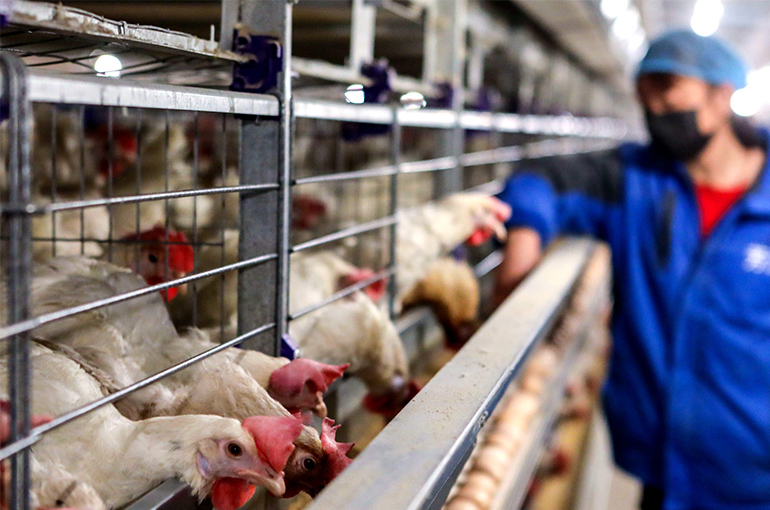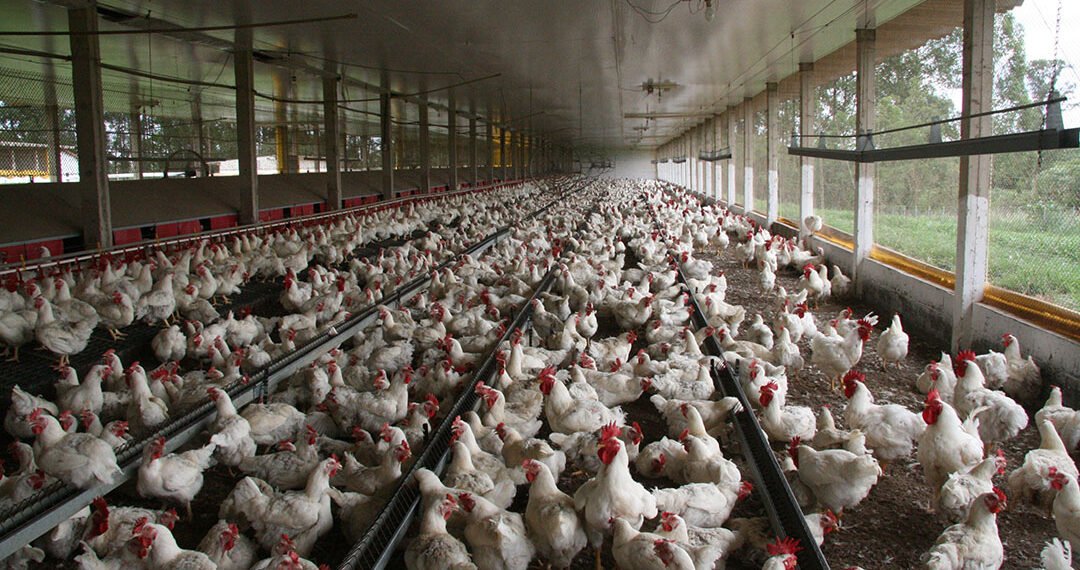Brazil has temporarily stopped all poultry exports to the European Union following confirmation of a bird flu outbreak, the European Commission announced on Monday. The move comes after Brazil notified the World Organisation for Animal Health (WOAH) that a case of Highly Pathogenic Avian Influenza (HPAI) had been confirmed on a commercial poultry farm in Montenegro, located in the southern state of Rio Grande do Sul.
This official notification led to Brazil’s suspension of its HPAI-free status, a critical requirement under EU import regulations. According to EU rules, poultry imports are only permitted from regions deemed free of HPAI.
The European Commission clarified that because Brazil no longer holds HPAI-free status, it cannot issue the health certificates necessary for exports. “The European Commission remains in contact with the Brazilian authorities and relies on them to ensure no EU export certificates are being signed,” said a Commission spokesperson.
Although the EU is not Brazil’s largest poultry buyer, Brazil plays a major role in the EU market. In 2024, Brazilian poultry represented about 32% of all poultry imports into the bloc, according to official EU figures.
As part of Brazil’s immediate containment measures, around 1.7 million eggs — equivalent to 450 metric tons — were destroyed in the affected region. This decision was made by Rio Grande do Sul’s state department of agriculture in an effort to prevent further spread of the virus.
Globally, Brazil holds the title of the world’s largest poultry exporter, supplying major markets including China, the United Arab Emirates, Japan, Saudi Arabia, and South Africa. China remains Brazil’s top poultry customer.
Despite the recent outbreak, Brazil’s poultry sector remains robust. Chicken meat production is expected to reach a record 15.35 million metric tons in 2025, reflecting a 2% growth from 2024. This projected expansion is supported by high global demand, the depreciated Brazilian real, which enhances export competitiveness, and favorable agricultural conditions, including plentiful corn and soybean yields for feed.
The country’s southern states — Paraná, Santa Catarina, and Rio Grande do Sul — account for over 57% of Brazil’s poultry production. While some challenges, such as rising temperatures and potential water shortages, loom, the industry’s resilience and long-standing freedom from HPAI continue to bolster its international market position.
Projections indicate a 5% increase in poultry exports in 2025 as Brazil seeks to diversify its product offerings and expand into new markets. This effort aligns with the nation’s broader strategy to maintain its leadership in the global poultry trade.

Beef Sector Riding Parallel Success
Parallel to poultry, Brazil’s beef industry is also experiencing a growth surge. Production is forecast to slightly surpass 11.9 million metric tons in 2025. In the previous year, beef exports reached a record 2.89 million tons, generating $12.8 billion in revenue — a 26% increase in volume and a 22% rise in income compared to 2023.
China is the primary destination for Brazilian beef, followed by the United States and the UAE. A key driver of this success has been the Brazilian Beef initiative, a public-private partnership that has been instrumental in securing and expanding access to international markets.
Although investment growth may level off in 2025, strong demand is expected to persist both at home and abroad. The sector’s performance is further supported by livestock recovery and strategic market expansion in Asia and the Middle East.
Together, Brazil’s poultry and beef sectors continue to fuel the national economy, asserting the country’s global dominance in meat production and trade. These industries reflect Brazil’s adaptability to market pressures and commitment to maintaining high export standards, even amid health crises.




















